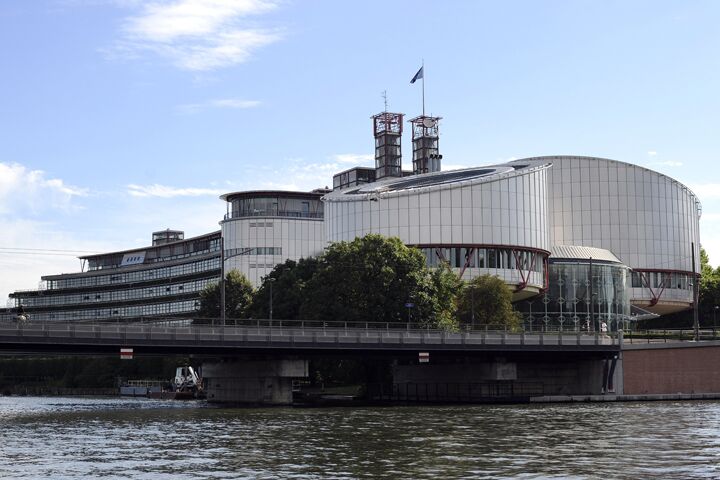
European Court Says Crucifixes Appropriate for Italy’s Public Schools
On Friday, the European Court of Human Rights determined that it is acceptable to display crucifixes in Italian public school classrooms. The ruling has implications for all 47 nations that are members of the Council of Europe, the Continent’s human rights overseer.
The decision overturned a previous ruling the court had made in November 2009 which said the crucifix was potentially disturbing to non-Christian students. Beginning in June 2010, Italy led over a dozen other European countries to appeal the original ruling, arguing that the crucifix is a symbol of Europe’s historic and cultural roots.
The case divided Europe’s Catholic-leaning countries from the more secular ones, and Friday’s reversal of the original decision has given Rome and the Vatican cause to celebrate.
“The popular sentiment in Europe has won today,” said Italian Foreign Minister Franco Frattini.
The France-based court said that its ruling on Friday applies only to Italian public schools, and doesn’t require other countries to allow crucifixes in their schools. But the verdict will affect any of the 47 Council of Europe member countries if citizens in these nations use the decision as an argument in national courts, or if governments use the ruling to justify altering their legislation on religious symbols.
The Vatican embraced the ruling, saying that it illustrates that crucifixes are not a tool of indoctrination but rather “an expression of the cultural and religious identity of traditionally Christian countries.”
“It recognized that, on an authoritative and international judicial level, the culture of man’s rights must not be put in contradiction with the religious fundamentals of European civilization, to which Christianity has given an essential contribution,” said Vatican spokesman Federico Lombardi.
But not everyone is happy about the ruling.
Said Bouamama, a Muslim sociologist living in France, says the move by Italy and other countries “reflects a clear preference for Christianity, meaning that tolerance is only extended towards one religion and not for all.” Such a measure has to be “either for everyone or for no one. If not, it will produce even greater division,” Bouamama said.
In one of dozens of his statements on the subject, Trumpet editor in chief Gerald Flurry wrote in August of 2001 that Europe “is prophesied to be ultimately comprised of 10 nations, or groups of nations, dominated by Catholicism. Already the EU is being called the Holy Roman Empire. It has traditionally been the enemy of the Muslims.”
The European Court of Human Rights’ ruling on Friday to allow Italian schools to display one of Catholicism’s most sacred symbols is a clear indication that Europe is becoming less tolerant of multiculturalism and is in the midst of a Catholic revitalization.
To understand more about the changes under way in Europe, read Germany and the Holy Roman Empire.
